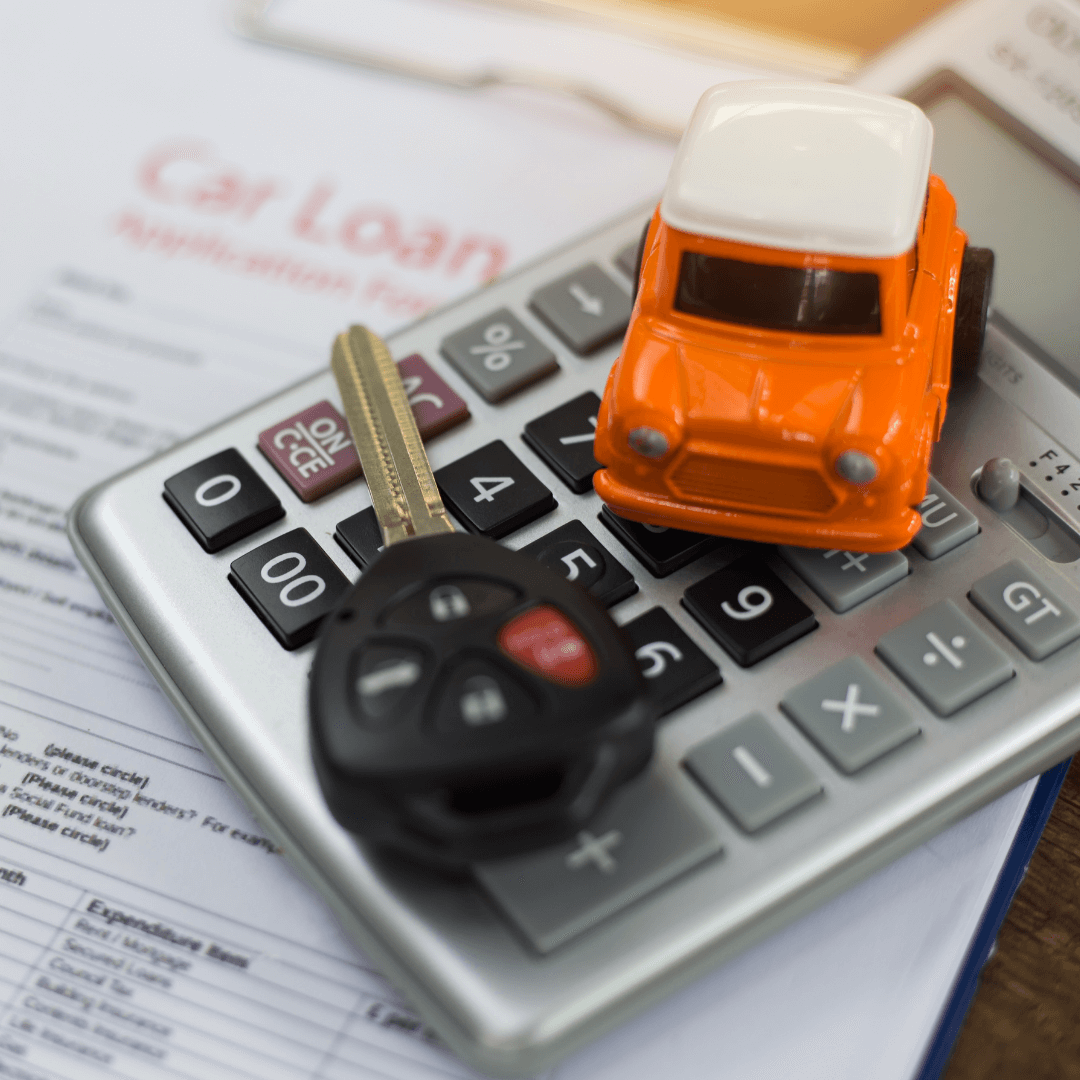Introduction
Choosing the right family car is a big decision, and safety should be a top priority. With so many advanced safety features available, it can be overwhelming to know which ones are essential. This guide will explore some of the best safety features for family cars, helping you make an informed decision for your family's well-being.
Modern vehicles are equipped with a wide range of safety technologies designed to protect occupants in various situations. From preventing accidents to mitigating their impact, these features offer peace of mind and enhance the overall safety of your family car.

Advanced Driver-Assistance Systems (ADAS)
ADAS features are becoming increasingly common in new vehicles and play a crucial role in enhancing safety. These systems use sensors, cameras, and software to assist drivers in various situations, reducing the risk of accidents and improving overall driving experience.
Lane Departure Warning and Lane Keeping Assist
These systems use cameras to monitor lane markings and alert the driver if the vehicle drifts out of its lane. Lane Keeping Assist can even steer the vehicle back into its lane if necessary.
Adaptive Cruise Control (ACC)
ACC uses radar sensors to maintain a safe distance from the vehicle ahead. It automatically adjusts the vehicle's speed to maintain a pre-set distance, reducing the risk of rear-end collisions.
Blind Spot Monitoring and Rear Cross-Traffic Alert
These systems use sensors to detect vehicles in the driver's blind spots and alert them when changing lanes or reversing. Rear Cross-Traffic Alert warns the driver of approaching vehicles when reversing out of a parking space.
Passive Safety Features
Passive safety features are designed to protect occupants in the event of an accident. These features are often built into the vehicle's structure and include:
Airbags
Airbags are designed to inflate rapidly in a collision, cushioning occupants and reducing the risk of serious injuries. Modern vehicles often have multiple airbags, including front, side, and curtain airbags.
Seatbelts
Seatbelts are essential for safety and should be worn by all occupants. They help to restrain occupants in a collision, preventing them from being ejected from the vehicle.
Anti-Lock Braking System (ABS)
ABS prevents the wheels from locking up during braking, allowing the driver to maintain steering control. This is particularly important in emergency situations.
Electronic Stability Control (ESC)
ESC helps to prevent the vehicle from skidding or losing control, especially during sharp turns or slippery conditions. It uses sensors to detect loss of control and applies brakes to individual wheels to regain stability.
Child Safety Features
Family cars should prioritize the safety of children. Here are some essential child safety features:
Childproof Door Locks
These locks prevent children from opening doors while the vehicle is in motion.
LATCH System (Lower Anchors and Tethers for Children)
LATCH is a system of anchors and tethers that allows for secure installation of child safety seats.
Rearview Camera
A rearview camera provides a clear view of the area behind the vehicle, making it easier to see children or objects that may be in the way when reversing.
Conclusion
Choosing a family car with the best safety features is crucial for protecting your loved ones. By understanding the different types of safety features available, you can make an informed decision and ensure that your family is safe on the road. Remember to prioritize features that address your specific needs and driving habits.




